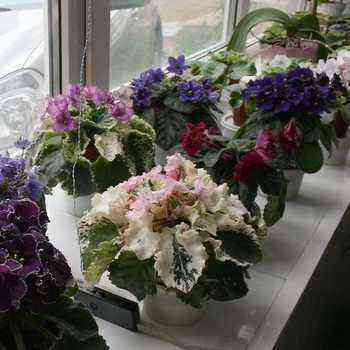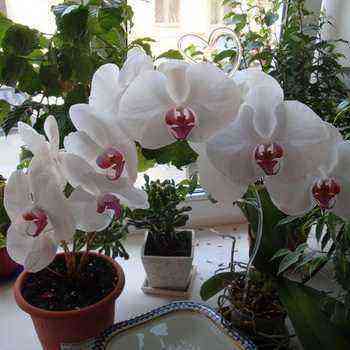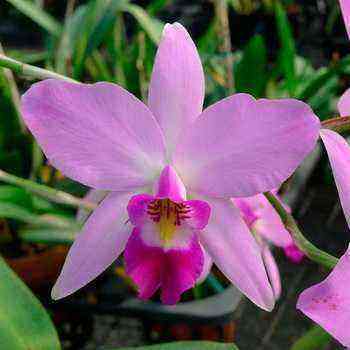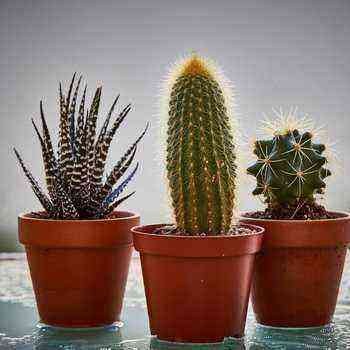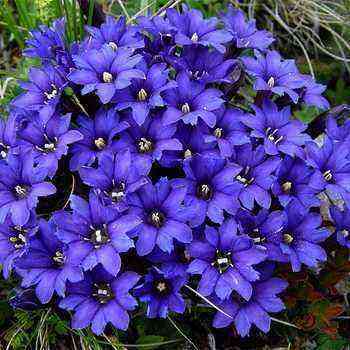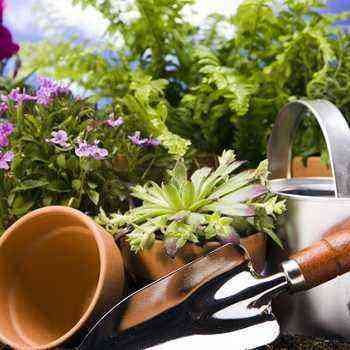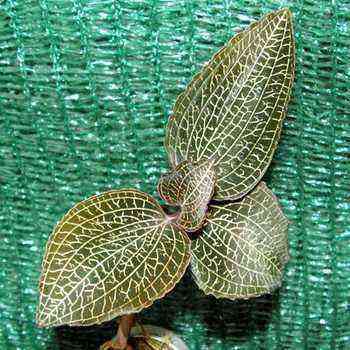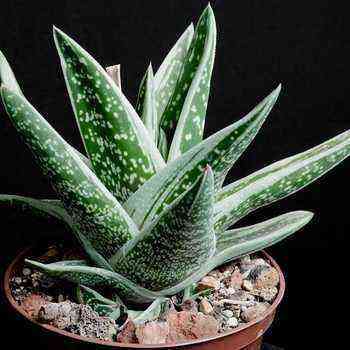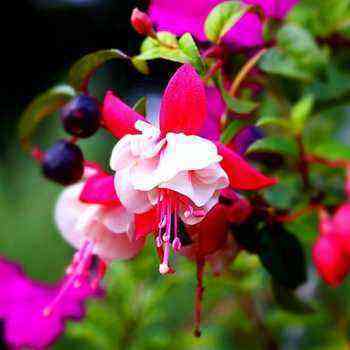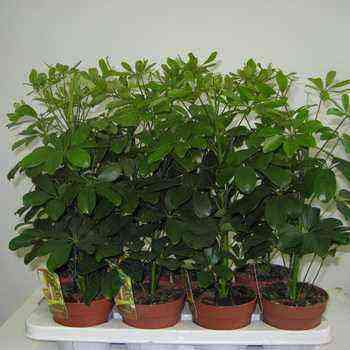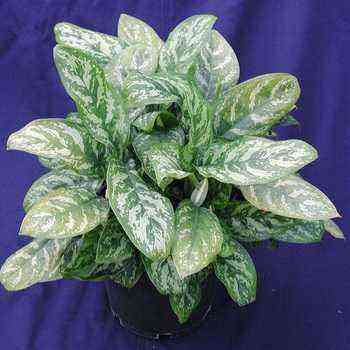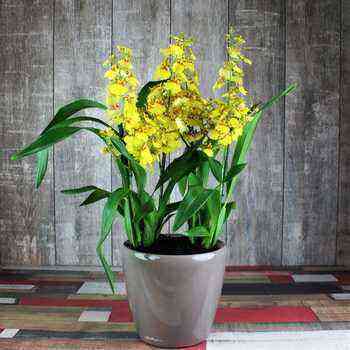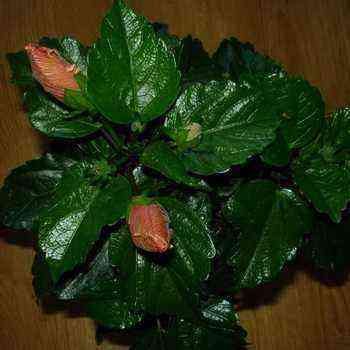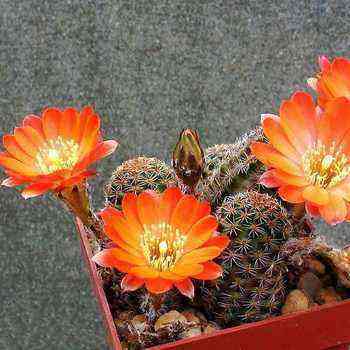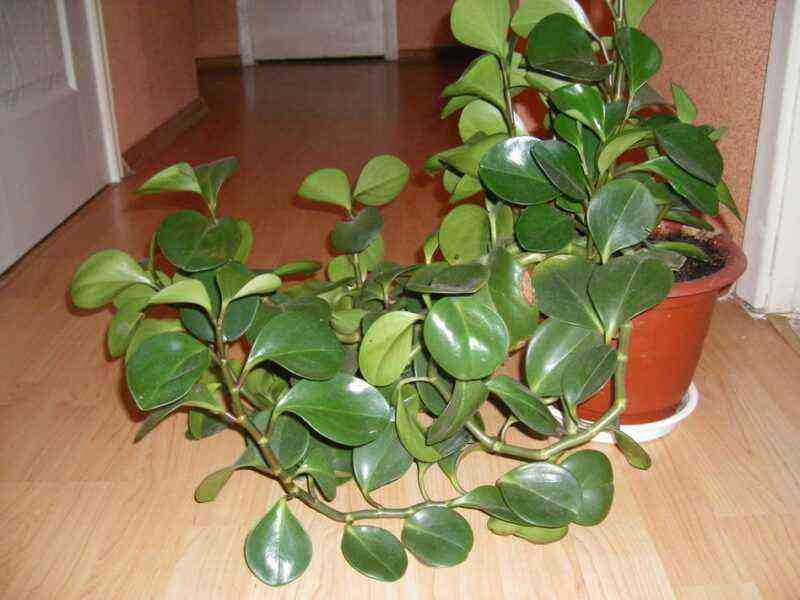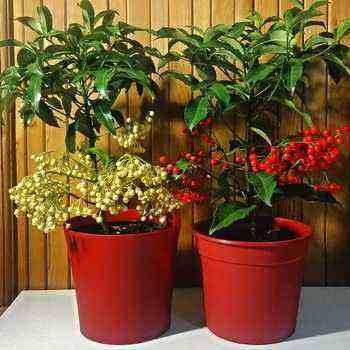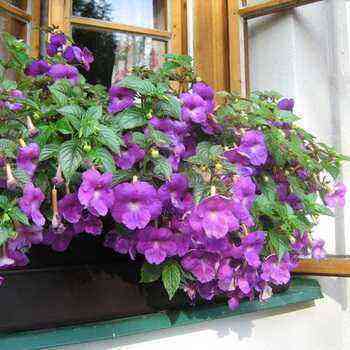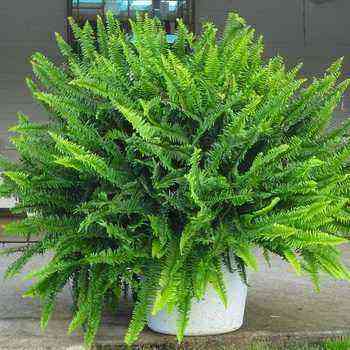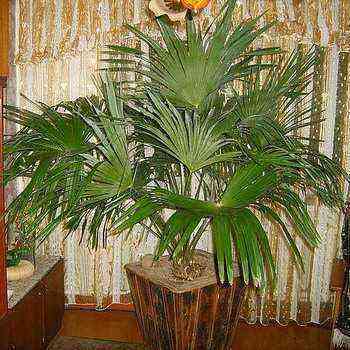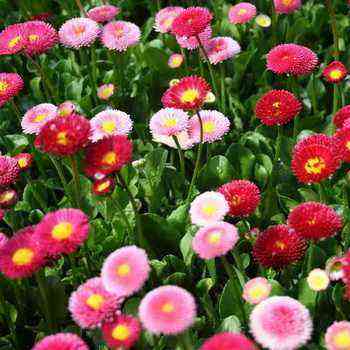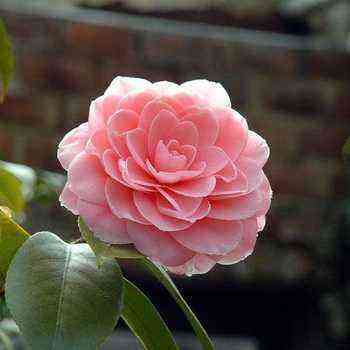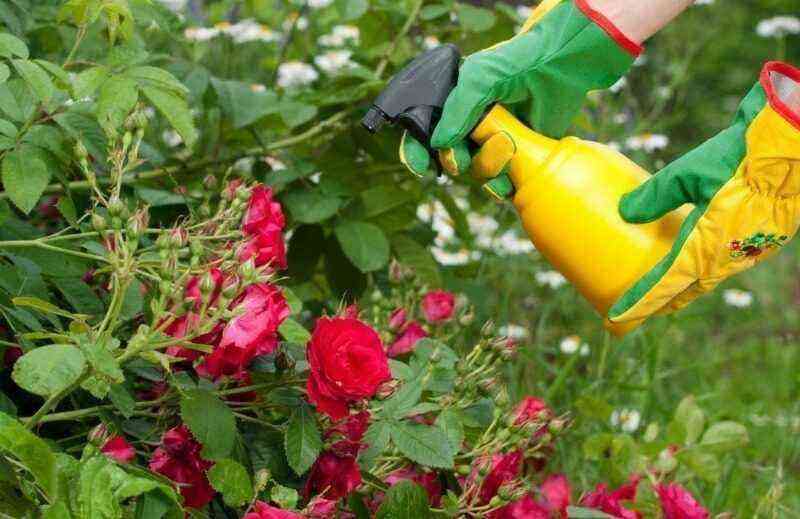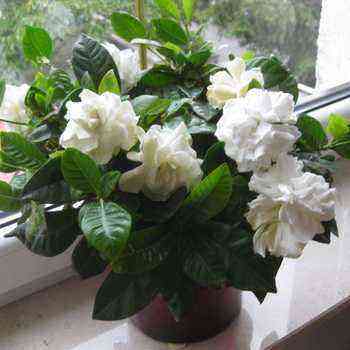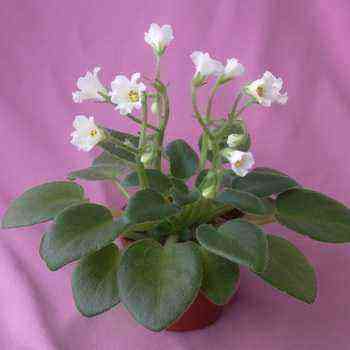Columnea is a genus with 200 species of grasses and shrubs in the Gesneriev family of flowering plants. The natural habitat for the flower is the tropical regions of America and the Caribbean, the West Indies and Mexico.
Columbus got its pink name from Carl Linnaeus, who translated into Latin the name of the 16th century Italian botanist Fabio Colonna. According to many scientists, a separate genus of Bukinelina is synonymous with Columnea.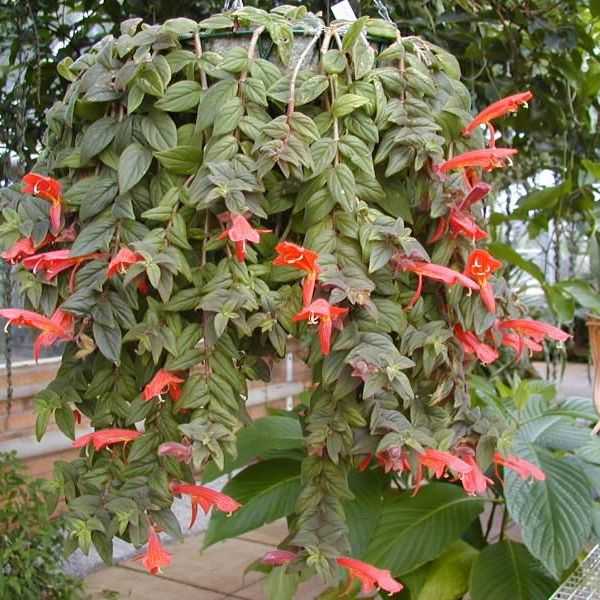
Columbus is one of the most interesting and desirable horticultural species. They are very picturesque, and can easily grow not only in the tropics, but also indoors. Moreover, both indoors and outdoors (when grown in reasonable conditions and subject to all the rules). The genus includes such well-known varieties as African violet, gloxinia and fondant shrub. They also include many other genera of horticultural importance, such as Streptocarpus. You can place the columbus plant in a hanging pot or basket where the terminating trunks can be allowed to hang freely in the air.
Description of the columney plant and its photo
Tubular or oddly shaped flowers are usually large and rich in yellow, orange, or red. In outline, they sometimes resemble fish. Just because of its unusual shape, the flower got its second name “flower – a flying goldfish”. A description of the columnea flower and its photos are offered, which are published in variety on this page.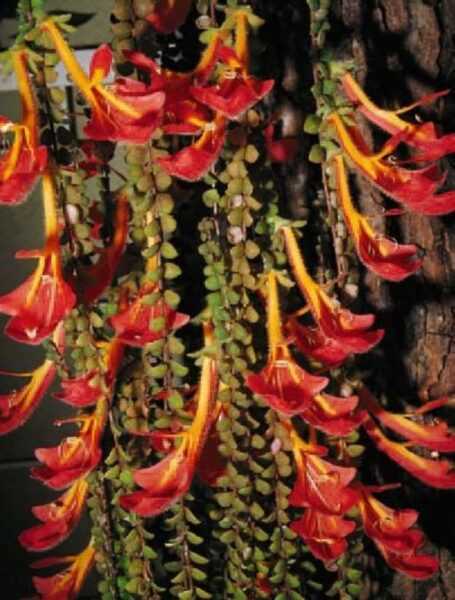
Stems are usually ascending, spreading, or solitary. Some of them can stretch up to two meters or more, hanging from the basket. The corolla of two lips with a hood is formed by the fusion of the two upper petals.
The bright red color is very common among the species found in this family, but they can also be yellow or orange, and sometimes pink. Four stamens, anthers from one dorsal gland. The ovary is superior and has the shape of a ball. The fruits are also spherical, well, or almost spherical, usually white.
A distinctive feature of the columnea plant is its corolla (the most distinctive, but not the only one).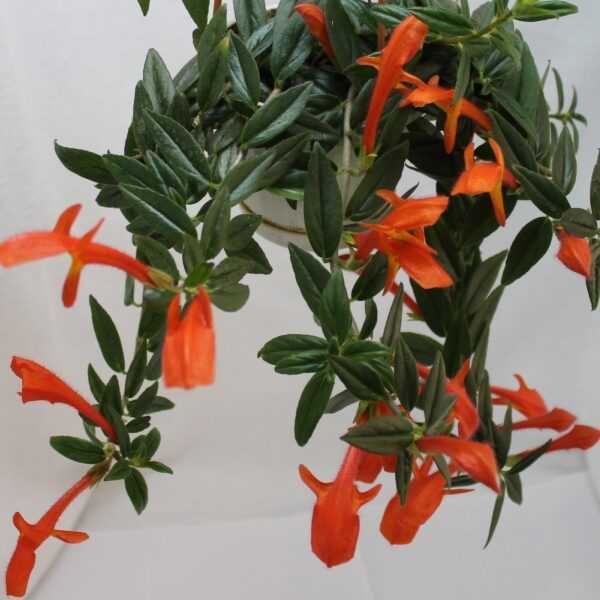
Columnea care at home
Caring for a columnea at home does not require special skill. Like epiphytic plants in the wild, they need bright light, excellent air circulation and well-drained soil with nutrients. The soil should have time to dry out a little between waterings. They can, of course, tolerate a little drought, but they will grow and bloom best when stored in evenly moist soil with moderate but regular fertilization.
A huge number of plants of the columnea species are tropical and grow easily both in an apartment and in a greenhouse. But still, some varieties are from high altitudes and need a lower temperature for active growth and flowering. Some of the species are seasonal, but hybrids and individual varieties may be more or less constantly flowering.
If you grow a columnea flower on a windowsill in a room environment, it will better tolerate low temperatures and slight cold. If you store the columnea in a cool place, then it is much better than you would flood it.
At home, it is very profitable and comfortable to grow a flower in a basket with good natural light. Flowering may decrease over time (during fall and winter), but higher temperatures during these days will cause an abundance of flowers in spring and summer.
Transplantation and reproduction of columnea
The indoor flower should be transplanted with a columnea only after the end of the flowering period. Before planting it in new land, you need to trim and prepare the soil in advance (almost any is suitable, the main thing is that there is no lime in it) from a mixture of turf and foliage with the addition of peat and a little chopped moss. The dishes into which you transplant the columnea should be wide, but not deep.
Columnea transplantation must be timely so that the root system has enough room to receive nutrients.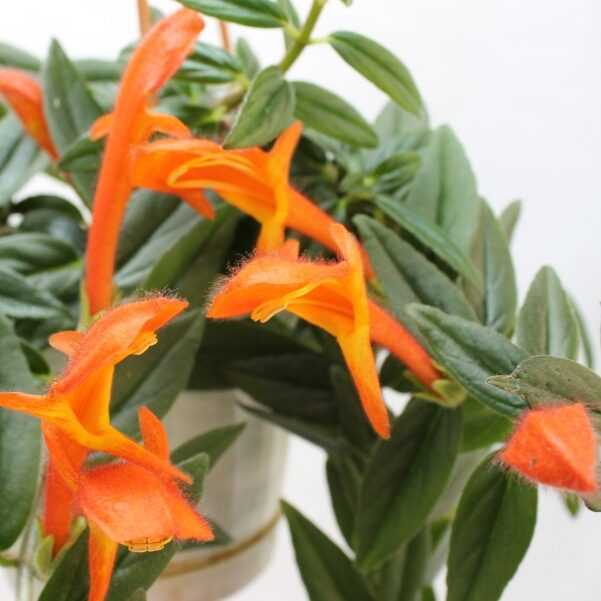
Basically, Columnea reproduces by stem cuttings in the spring. Bare shoots are first planted in a mixture for active root growth and only then in open ground. After that, close the container with plastic wrap and give the cuttings time to take root and start up the first shoots and foliage. 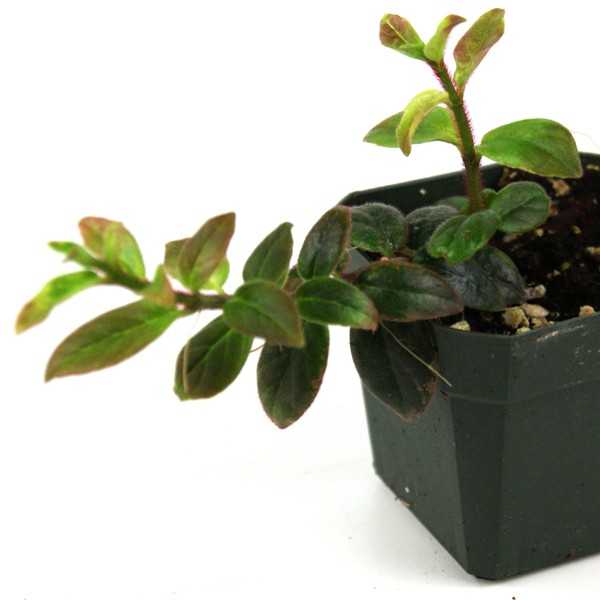
Look at the photo of Kolumney flowers and choose a suitable variety for yourself:
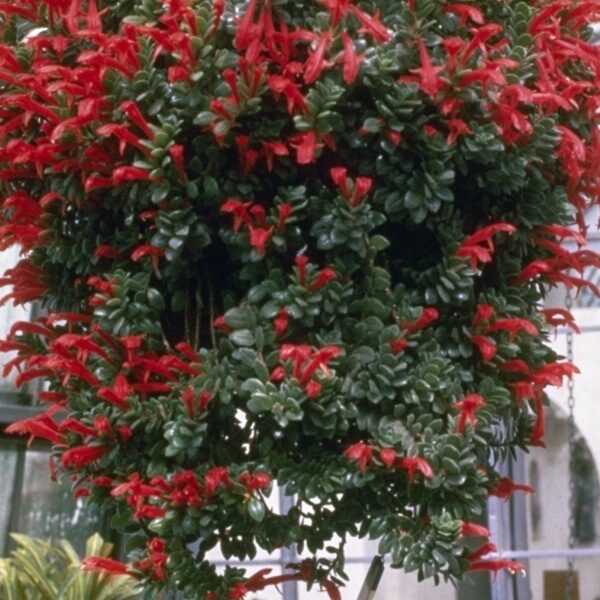
Watering should be done as usual: more in summer and very little in winter. water Water must be free of lime – it is best to use filtered water.
From time to time, the kolumnea should be moistened, especially in the summer, otherwise the castings will dry out and fall off (and flowering will not come at all).
There are no particular nagging about fertilizers, the main thing is that they contain potassium and phosphorus.
Types and varieties of columnea
Numerous species and varieties of columnea are represented, which differ in the color of flowers and leaves. Descriptions of some varieties of columnea are offered, which are most popular with florists.
Columbus Consanguine
Columnaea consanguina is a flowering plant of the Columnaea genus. They are endemic to Colombia, Costa Rica, Ecuador, Nicaragua, and Panama. They are distinguished by the presence of a red, translucent heart-shaped marking that serves to attract their main pollinator, the hummingbird.
Columnaea consanguina is a shrub-like grass with an unbranched light brown and hairy stem, the maximum growth of which reaches 1-1,5 meters in height. The leaves on the trunks are arranged in the opposite direction of the pattern along the stems. However, one leaf in each pair is much smaller than the other, thus giving the impression that the leaves are alternating.
The petals are pale yellow and the calyx can be green or red.
Columnea Krakatoa
Columney Krakatoa is a flower of the Gesneriaceae family and comes from the tropics of America. These are epiphytes, that is, they do not have roots and actively grow on other crops. The flower is one of the most picturesque, therefore it is very often used for decorative purposes. The plant is completely covered with small leaves on an upright or drooping trunk. Flowers are usually very bright in color.
Most often, kolumnea krakatau is used for landscaping residential buildings and offices, it is for this reason that we can often contemplate it in hanging baskets, and not slides on the floor. The soil for planting is the same as for the main variety – peat, turf and leaf land. They feed the plant very rarely and then only together with water. Pruning is required only when the flower begins to actively grow erratically.
The flower needs a lot of light and heat, but not direct rays, especially during the growing and flowering period. In other periods, a bright window without winds will do.
Temperature – in summer not lower than 20 ° С, and in winter not less than 16. If you maintain an abundant level of humidity, the storage temperature of the plant can be higher.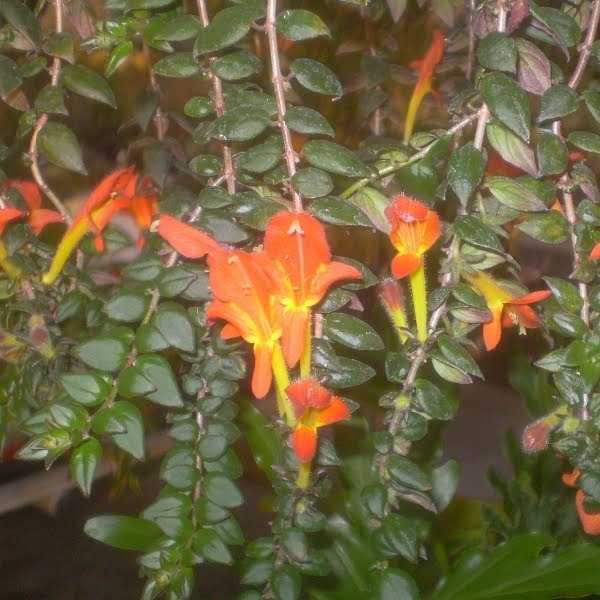
Columbus Carnival
A profusely blooming plant variety Kolumney Carnival with bright yellow flowers with red edges that are located just above the small dark green foliage with pointed corners. Compact plant. Blooms all year round.
